
(Review archived from November 21, 2018)
Prince of Persia: The Sands of Time served to reboot the venerable Prince of Persia series following on the heels of Prince of Persia 3D which was the series’ first fully 3D title … albeit a rather poor game. Thankfully The Sands of Time provided a fresh start for the series in terms of storyline and perhaps even more crucially it was now in the hands of an entirely different development house. Ubisoft Montreal was a hot developer at the time having released Tom Clancy’s Splinter Cell just a year prior to Sands of Time, and it’s not a huge stretch to say that it was the combination of these two games that really put Ubi Montreal on the map as a notable game developer.
It’s interesting to note this lineage because Patrice Désilets, who was the creative director for this game, would go on to create the Assassin’s Creed franchise within four years. So The Sands of Time will feel instantly familiar to any veteran of the Assassin’s Creed series. The ancestral DNA here is palpable both in the highly dynamic parkour sections as well as the acrobatic combat. In fact the quality of gameplay in Sands of Time is rather remarkable for just how well thought out and ‘fully formed’ it is, especially given that this was the first game in the rebooted series and had no existing cycle of ‘iterative improvement’ on which to prop itself. This is the forward thinking gameplay design that would carry the series on through a trilogy of reboots and would reappear in only slightly modified form when Assassin’s Creed released to an entirely new generation of games. That’s not to say that the gameplay here is problem free; it’s not. In fact some of the gameplay ‘quirks’ you’ll experience here are the same ones that Assassin’s Creed struggled with. Walls can occasionally feel ‘sticky’ insofar as whether you execute a wall run, or whether you run straight up the wall. Targeting of specific enemies during combat can likewise feel a bit janky. It’s nothing game breaking but in a game that focuses on feats of acrobatic prowess, it can break the immersion when the Prince suddenly decides to run up the wall unabated.
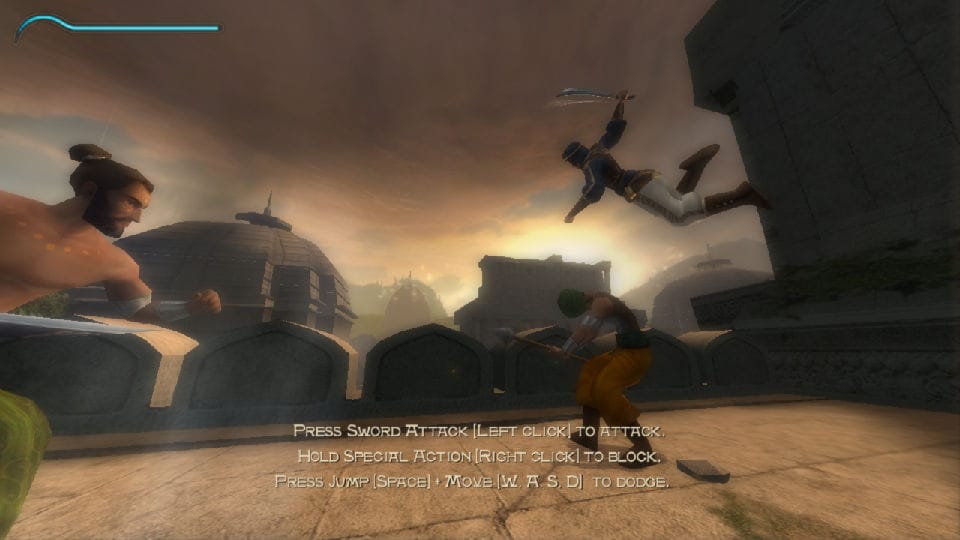
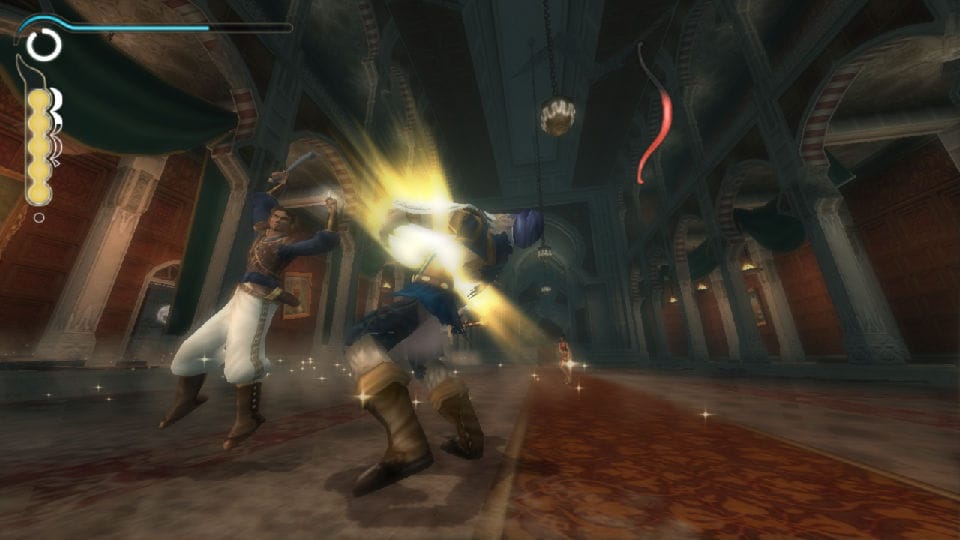
Graphics and sound will largely depend on the tolerances of the player. This game looked and sounded quite nice at the time of its release, but obviously it’s not going to set the world on fire in 2018. To that end there are a number of quality of life improvements than can be made to the PC version of the game such as widescreen support, improved controller compatibility, and bug fixes (see here if you’re interested), but none of that changes the fact that it’s a 14 year old game. Having said all of that, I think the game still looks great even after all these years, at least during gameplay at any rate. As is often the case with games of this vintage, the cinematic clips are probably going to look like ass on high res monitors and screens. There’s not much you can do about that except to sort of squint your eyes so as to soften the hard edges of these pixelated nightmares.
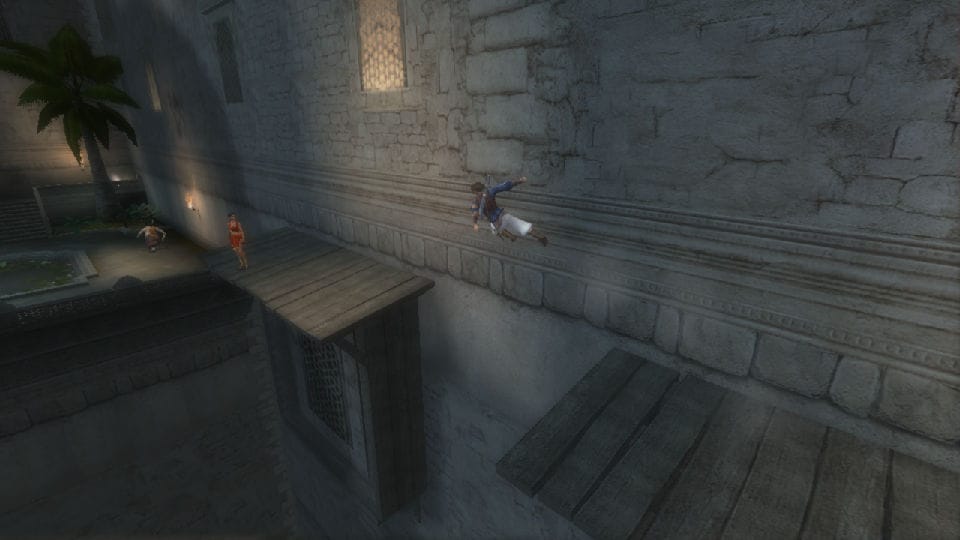
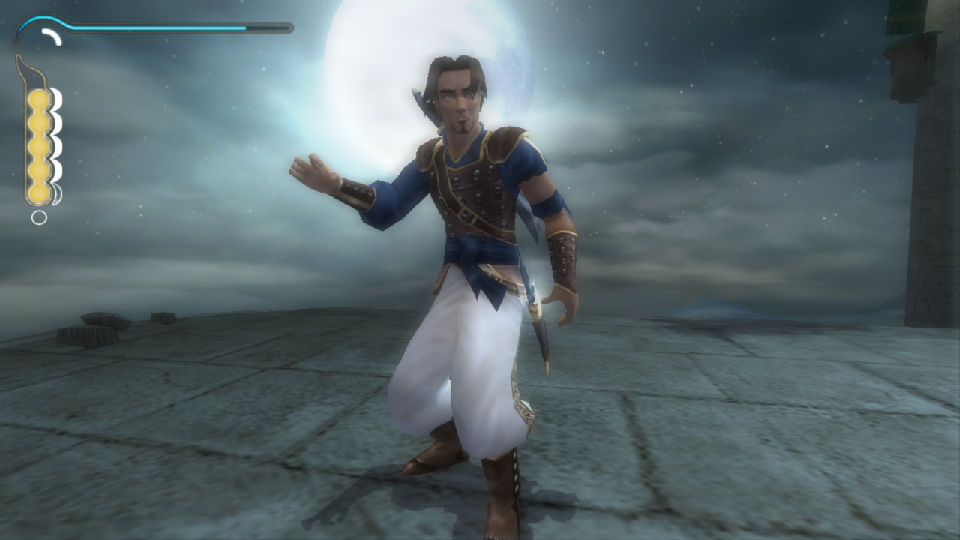
The story of the game still holds up well and the titular Sands of Time still feel clever as a compelling bridge between the story and gameplay mechanics. At least in terms of heroes and villains, the story is pretty rudimentary (dashing young prince vs. evil old wizard), but the setting and elements of time travel help to spice things up considerably. In many ways though, the strength of the story here rests in large part on the quality of the writing and voice work. Thankfully these aspects are pretty great. The Prince provides voice-over narration through much of the game, and despite being a bit of an egotistical bastard, the narration is a nice (and often humorous) touch. It takes a bit of the sting out of dying when the Prince suddenly interjects with, “No, no, no, that’s not how it happened at all”.
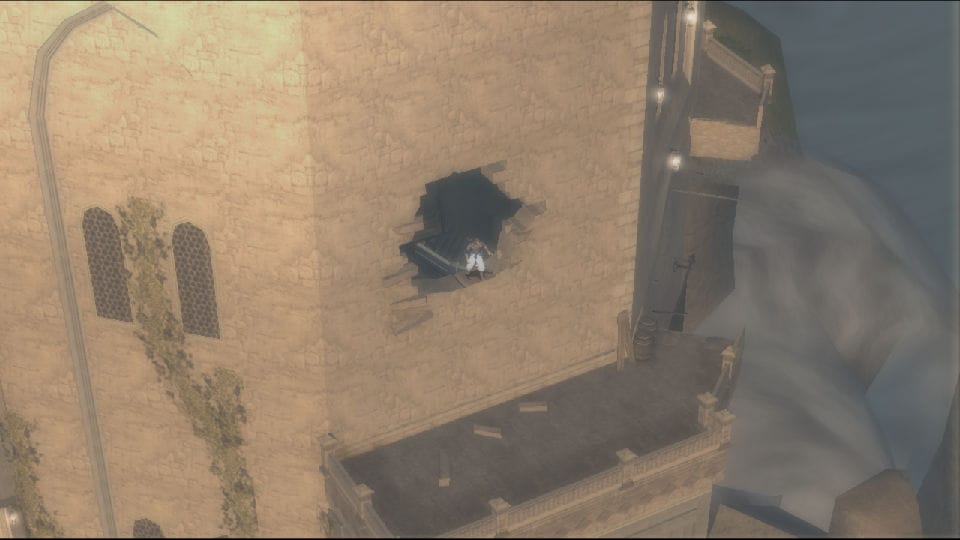
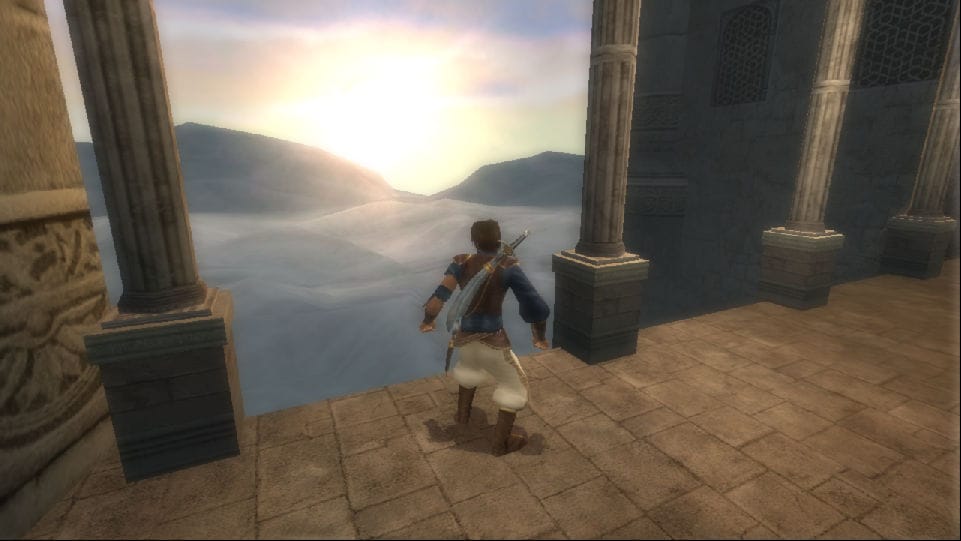
All told, Prince of Persia: The Sands of Time still stands the test of time as an incredibly well executed game, a classic 3D platformer that would inspire sequels and a host of imitators. On that basis I think it’s easy to recommend Sands of Time on the strength its legacy alone. Having said that, it’s a well-founded legacy and it’s surprising just how well The Sands of Time still holds up. Recommended for fans of acrobatic platformers and parkour enthusiasts.
Leave a Reply